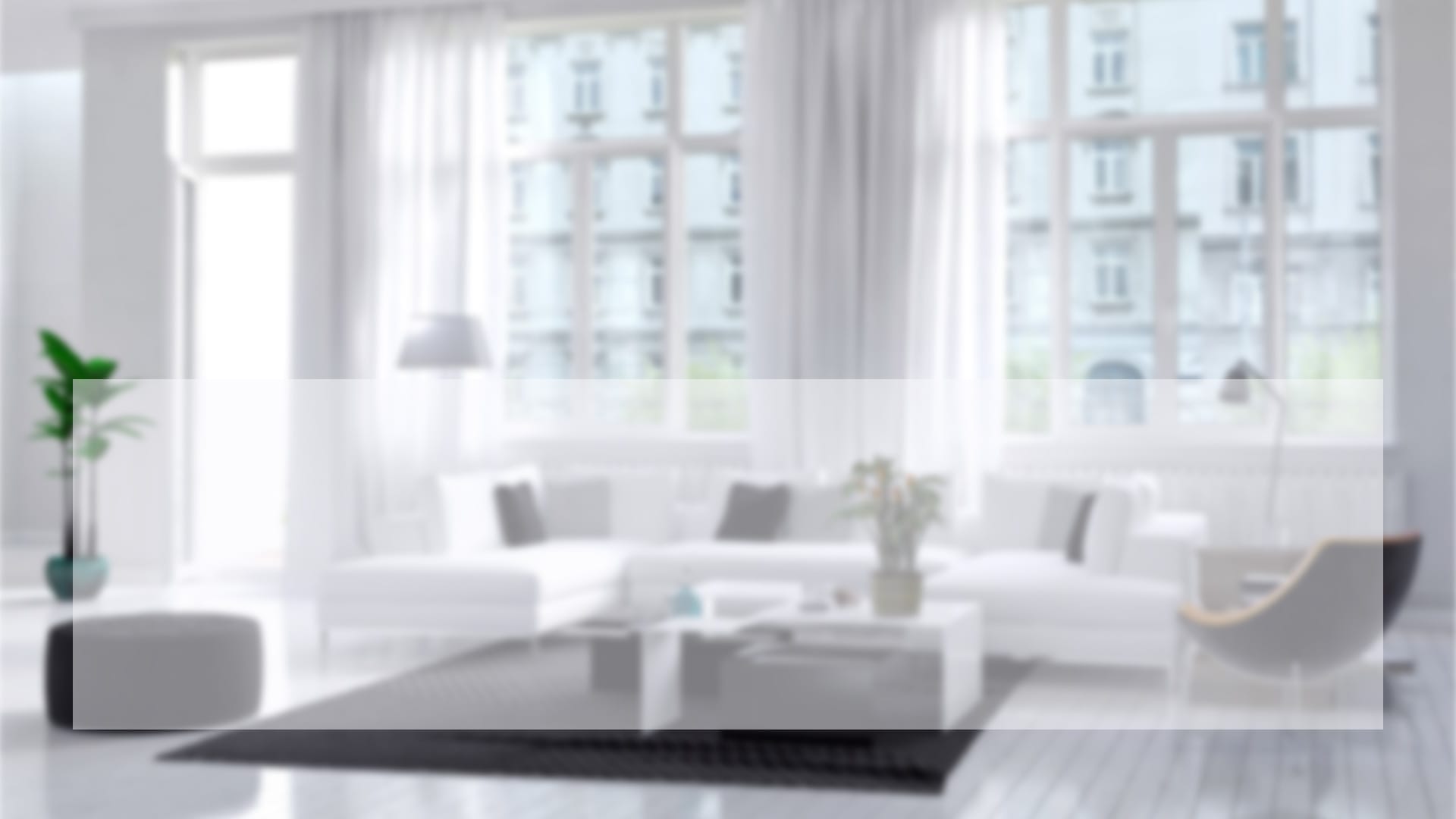If you like doing video content marketing, then you ARE a creator. And as a creator, there’s nothing better than being able to wake up, walk into your studio and know that in a few minutes you’ll have a thoroughly professional video.
(Well, run a brush through your hair first, maybe. 🙂
That’s the promise of an on-demand video home studio. And it works equally well for offices.
But it’s not just a promise.
In this 2 part series you’ll learn how to set yours up.
Enjoy!
Here’s a copy of the questions you can download for your planning while we wait for Part 2 to dry. 🙂
 The Studio Questions
The Studio QuestionsThis handy guide will help you get all your questions answered (well, OK, most of them!) when Part 2 is released next week.

11 replies to "How to Set Up Your On-Demand Video Studio Pt. 1 of 2"
Most people would think that my setup and my greenscreen are embarrassing or even primitive (and I have to agree). But I have managed to build a thriving business with it over the last 8 years, and it is growing every year. My main success factor was that I didn’t allow myself to make any excuses why it couldn’t be done, even with very limited resources here in Thailand.
Shama, you’ve always had the wisdom to stand in your own authority doing what you were meant to do. Like it or not, you’re a role model for many; or should be. 🙂
Shama!
Can you post a picture of your setup in Thailand?
Steven,
With regards to *Balanced/Unbalanced” audio:
I own 2 Canon Vixia HF20 camcorders (no longer manufactured).
I also own 2 Audio Adapters with 2 XLR connectors, each.
I want to go from Camera Mic to Audio Adapter to Theater Sound Board in order to get “Line Feed Audio”.
Where should I be looking for *Balanced/Unbalanced” audio? The camcorder? The cables? Where?
How do I make sure the audio system is optimized (balanced?)?
NOTE: One time, I set everything up, using only 1 XLR cable from each Autio Adapter, and gave my XLR cables to the Sound Engineer for the theatre. I thought everything was ok until I played back a test clip. There was a BUZZ that neither i, nor the he knew how to eliminate.
So you’re going from low impedance to high impedance. That buzz was the natural result. The audio panel did not actually convert low to high. It simply passed it through. So in future, you need to make sure the output impedance of the board matches the input impedance of the camera before hitting the record button.
Another idea might be to simply record audio separately, then match them up in editing. In this method, you use the camera’s recording as a scratch track to match up the sound later, and use a separate sound recorder to get a clean track. The advantage of a sound recorder is that it actually HAS a line input, so you can push your high impedance line out from the board.
Hope that helps!
How does one “make sure the output impedance of the board matches the input impedance of the camera”?
On the other hand, I own a H4n Zoom Recorder. I hear you saying I should connect it to the sound board and then sync audio to video in Premiere Pro.
I’ve been nervous about doing that because I was afraid that the sound engineer might do something to corrupt the sound, but I guess that could, just as well, happen with the feed to my camera.
Apologies for detouring from Green Screen, but when I saw your reference to balanced/unbalanced audio I couldn’t help myself.
Steven!
I’ve always admired your use of Chromakey effects.
Looking forward to Green Screen Part 2 because I bought a green screen kit and a lighting kit that I have never used because I felt like I didn’t have sufficient space in my house to make it work.
Plus, audio sounds fuzzy when I shoot in my house.
Do you ever shoot LIVE video?
Have you seen the WEBAROUND? I bought one of those, too.
There’s no real way to balance the impedance between your board and camera, as the camera lacks a line-in port. So double-system audio is the only way to accomplish your goal with that camera.
I don’t do live greenscreen for a number of reasons. It can be done now, but only with a great deal of supporting hardware. There is no software solution for this at present, though I am not familiar with webaround.
I try to focus on less bleeding-edge solutions and more on those that I fully understand; or at least enough to get some semblance of quality out of. 🙂
Would there be any reason I could not use my garage? I live in Southern California so it wont get too cold. I only park one car in it, so there should be space for the equipment. I am a complete newbie to this world of video and your site make this seem doable!
I watched how to make awesome green screen videos, but I don’t have the funds for those box lights. I will be trying it with obs studio and umbrella lights at least. I think course will help me thank you for making them and explaining about it in such a clear and simple manner. I’m going to show them to a friend who I’m helping with this.
Thank you for making these I learned something from this and the doctor who reference was wonderful.